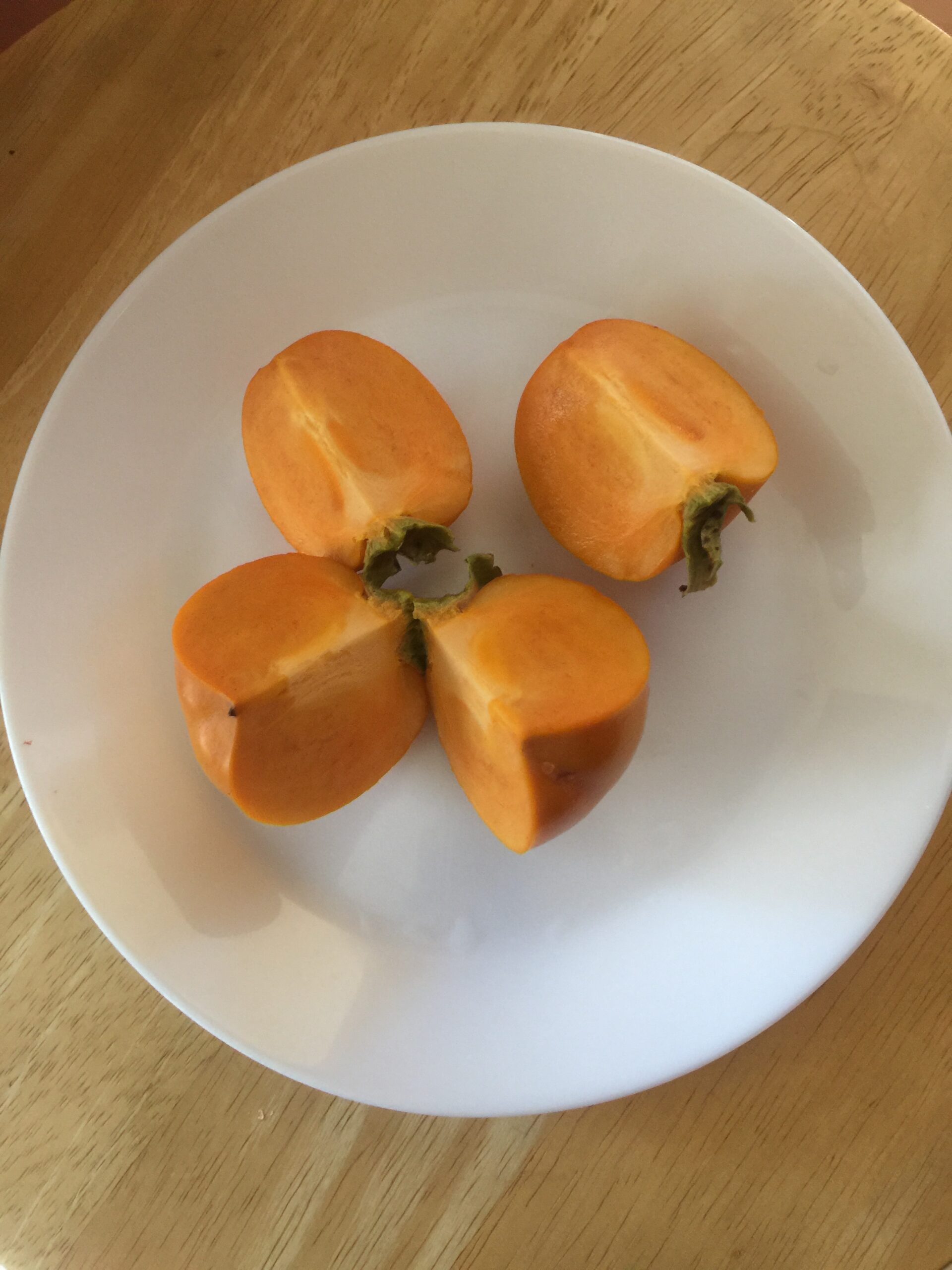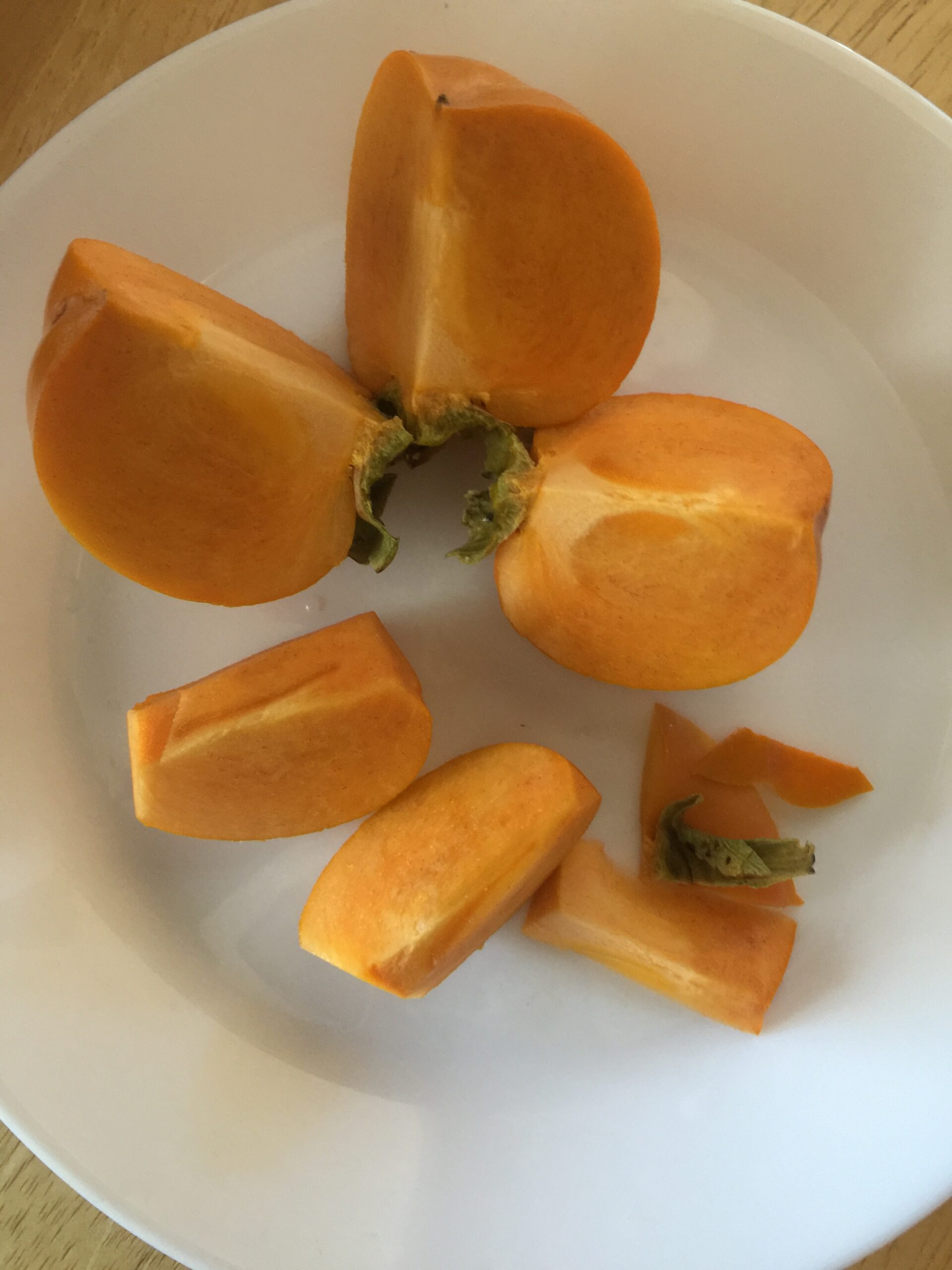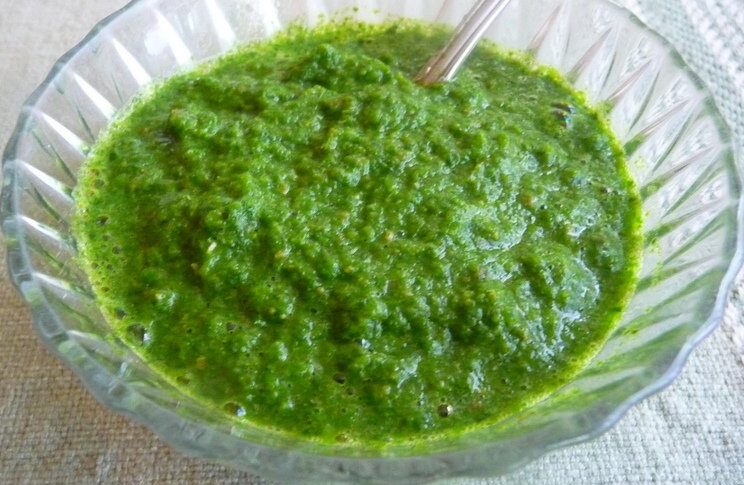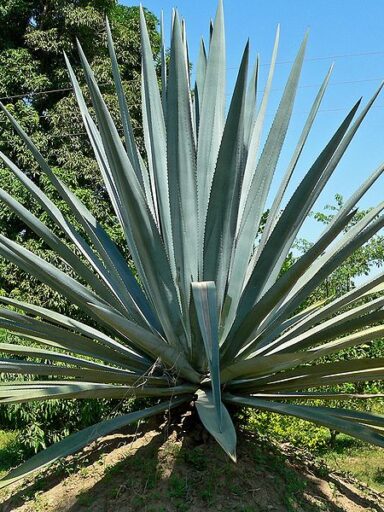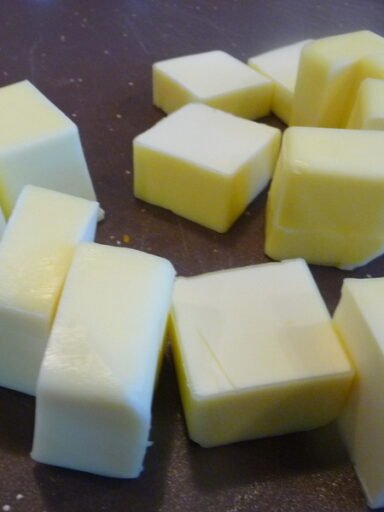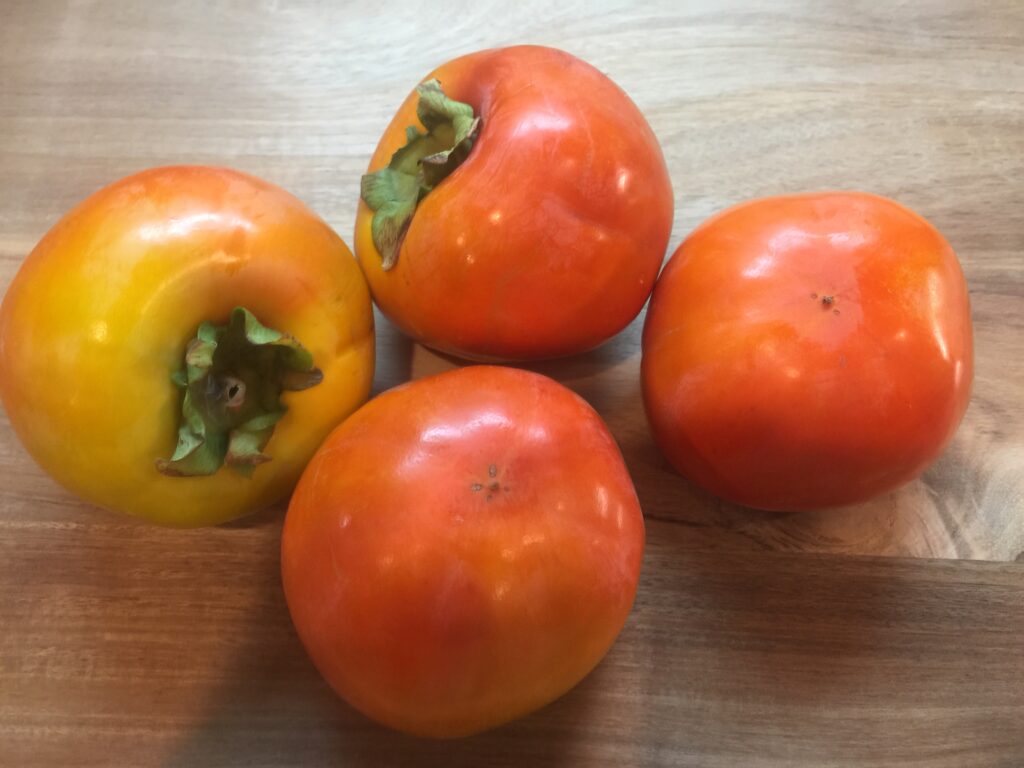
How do you eat persimmons?
The weather cools, providing a fleeting glimpse of traditional fall colors. That is when the tree really showed the colors of Fall. Once the leaves started turning, big, orange orbs that had a point at the end, kind of like acorns—to ripen and hope that the birds didn’t get to them before we could. For a long time, I thought of persimmons as a special treat you had to wait for, a fruit you had to pick at exactly the right moment. So it was a bit of a shock a few years ago when I walked into a generic supermarket and found they were selling big boxes of persimmons; I could get a whole crate for under ten dollars.
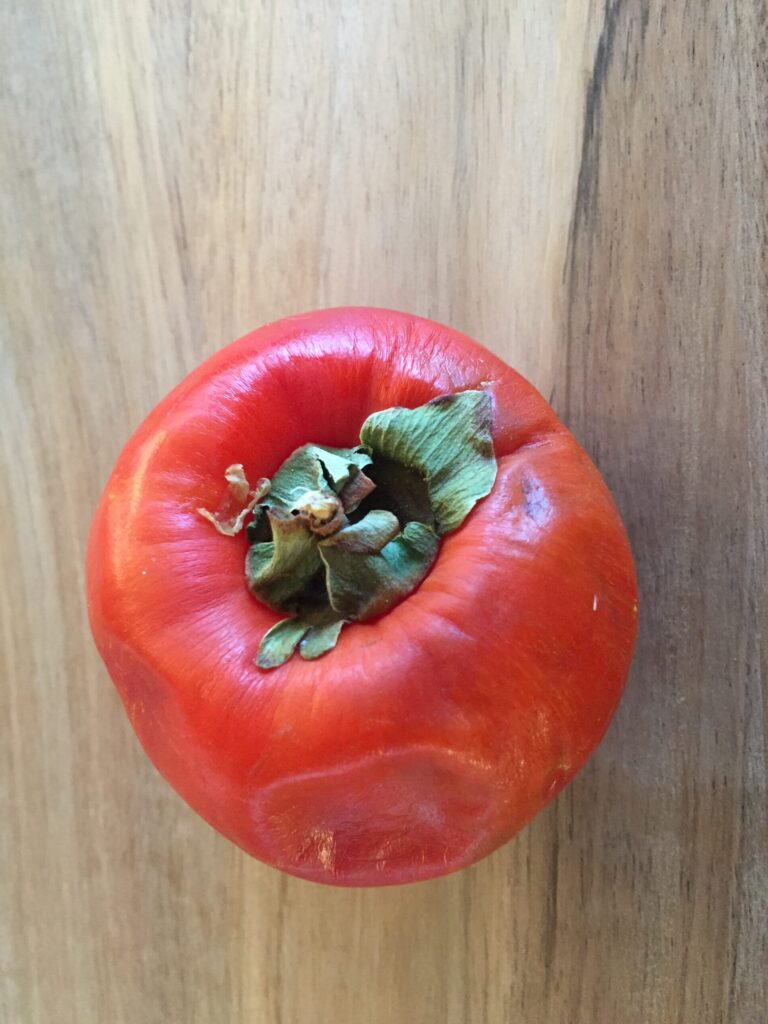
At some point in the past fifteen years, the persimmon went from little-known specialty fruit to a budding mass-market star. While persimmons have been cultivated in the US since the 1850s, they have long been considered a niche product; they were primarily sold in Asian markets, specialty stores like Dean & DeLuca, and farmers markets in California. Today, you can buy the fruit in crates—like the ones that cradle dozens of mandarin oranges—in stores like Costco or Trader Joe’s, and at very affordable prices. Just because persimmons are becoming widely available, however, doesn’t mean that consumers are getting the best fruits available—or even that they know what to look for.
Persimmons are a tree fruit related to the date plum, the black sapote, and the mabolo. Most cultivated persimmons are the Oriental persimmons, Japanese persimmons, or kaki; which is native to China and is found in Japan, Myanmar, the Himalayas, and parts of northern India. There’s also a second, related species of persimmon, which is native to the Eastern US but produces much smaller fruit than the Asian persimmon.
Persimmon sub-species can be broken into two categories: astringent persimmons, which are inedible when firm they need to become extremely ripe and soft before they can be eaten, and non-astringent persimmons, which can be eaten hard or soft, with the skin on. In the US, the best-known non-astringent persimmon is the round, called Fuyu. These persimmons have become popular in big box stores, not only because they can be shipped and stored more easily than softer varieties, but also because American consumers seem to prefer the texture and like to cut them up for salads or eat them out of hand, like apples. Today, California growers produce roughly 10,000 tons of these fruits every fall.
The best-known astringent persimmon is the Hachiya, an oblong fruit with an acorn-like shape. When ripe, they have a very soft, slippery texture.
